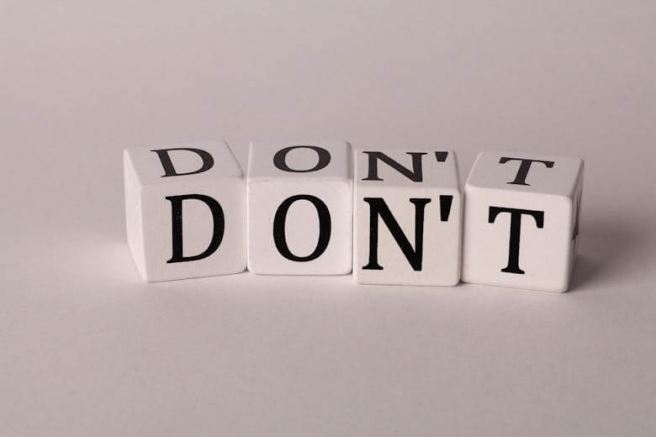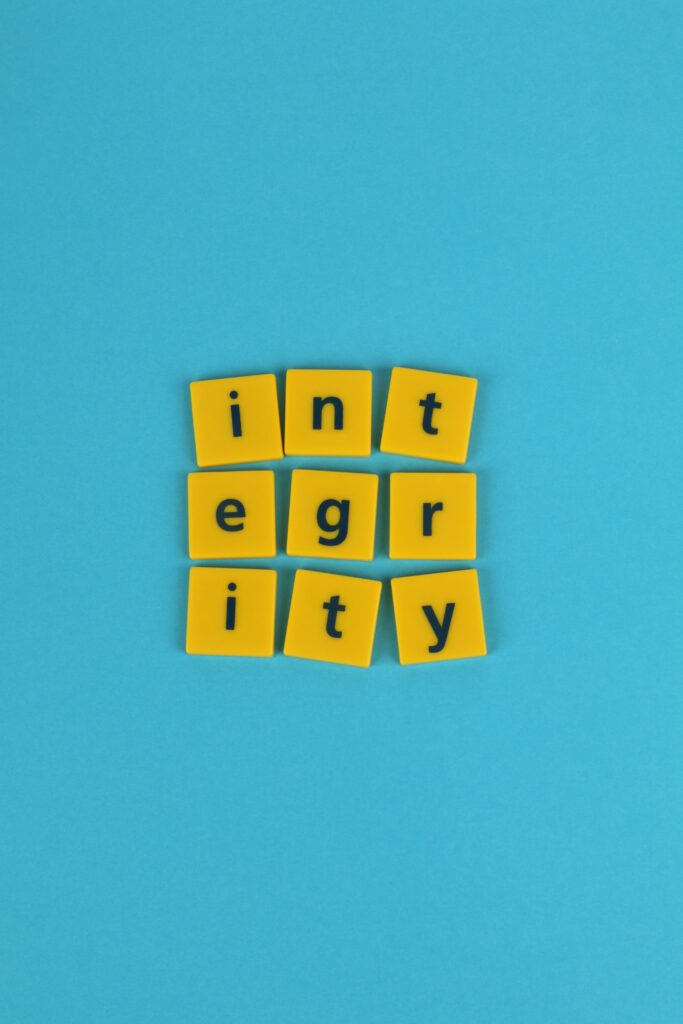Why plagiarism is bad for you and how to avoid it

Simply put, plagiarism, or claiming a piece of text as your own when it is not, is a violation of publishing ethics. And charges of plagiarism are serious because the whole edifice of science rests on scholarly publishing: if you are dishonest in this matter, what is to prevent to you from being dishonest in even more serious ways such as data fabrication and image manipulation? That is why plagiarism is bad for you. What is worse, you can be guilty of it unwittingly, often out of sheer ignorance. But do not worry: this article offers some tips to steer clear of the danger.
Defining plagiarism
Although different organizations define plagiarism in different ways, all the definitions are essentially similar. Here is how the University of Oxford defines plagiarism: “Presenting work or ideas from another source as your own, with or without consent of the original author, by incorporating it into your work without full acknowledgement. All published and unpublished material, whether in manuscript, printed or electronic form, is covered under this definition, as is the use of material generated wholly or in part through use of artificial intelligence”.1
Recent instances of plagiarism
You may have read about Ingvild Kjerkol, a minister of health in Norwegian government, resigning from her post following allegations of plagiarism in her master’s thesis. She followed Sandra Borch, who was the minister of higher education and also resigned from Norwegian government following similar charges.2 In another high-profile instance, fingers were pointed at Claudine Gay, who was at the time the president of Harvard University: it was reported that instances of alleged plagiarism were found in three of her articles, although an independent review3 “found no violation of Harvard’s standard for research misconduct”. These are high-profile instances, but plagiarism is common enough for most universities and journals to routinely use software tools to detect plagiarism in theses, dissertations, and manuscripts of research papers.
Why do some researchers plagiarize?
Plagiarizing is often resorted to because it saves time and effort, and many are not even aware that plagiarizing is a violation of ethics. For example, laboratory procedures are standard and often described in nearly identical blocks of text – in fact, standardization demands such uniformity – and it is easier to copy such text from published papers and paste it into the manuscript of a paper being written and based on research that employed the same standard procedure. However, it is easy to avoid the charge of plagiarism in such cases merely by enclosing the text in question within quotation marks and providing appropriate citation of the source of that text.
However, even if the quotation marks and the citation are missing, the plagiarism can be considered minor because the intent was not to deceive: serious plagiarism, on the other hand, involves copying entire papers and submitting them for publication as fresh papers after replacing the name of the original author with your own in an effort to advance your career quickly. And between these two extremes is a continuum, clearly set out by Wager,4 who lists the following aspects that can be used in determining plagiarism:
• originality of copied material
• position/context
• referencing/attribution
• intention
• author seniority
• language.
Although plagiarism implies using somebody else’s text but claiming it as your own, a related facet is how far you can use your own previously published text, a practice referred to as text recycling or self-plagiarism. This topic was covered recently in another blog post as part of Editage Insights.5
Avoiding plagiarism
Now that you know what constitutes plagiarism, you should be able to avoid being charged with it. Here are some tips.
• Paraphrase instead of copying and pasting blocks of text; in effect, you are using your own words and therefore cannot be accused of plagiarism.
• Enclose within quotation marks any blocks of previously published text you have used verbatim and acknowledge their source through appropriate citation.
• Routinely record all the bibliographic details of the source while making notes.
• Be prepared to defend yourself if confronted with high ‘similarity percentages’, because often those carrying out routine checks for plagiarism using such software packages as Turnitin, Plagaware, and Quetext are not aware that references and text within quotation marks, for example, are to be excluded while checking.
• Acknowledge the use of any AI tools such as ChatGPT, because texts so generated often score high on similarity indexes but may not constitute plagiarism.
References
1 University of Oxford [no date]. Plagiarism: Information about what plagiarism is, and how you can avoid it. https://www.ox.ac.uk/students/academic/guidance/
skills/plagiarism
2 https://www.politico.eu/article/second-norwegian-minister-ingvild-kjerkol-quits-amid-plagiarism-scandal/
3 Harvard University. 2023. Statement from the Harvard Corporation: Our President.
https://www.harvard.edu/blog/2023/12/12/statement-from-the-harvard-corporation-our-president/
4 Wager E. 2014. Defining and responding to plagiarism. Learned Publishing 27: 33–42
5 Joshi Y. 2024. What is self-plagiarism? https://www.editage.com/insights/what-is-self-plagiarism







